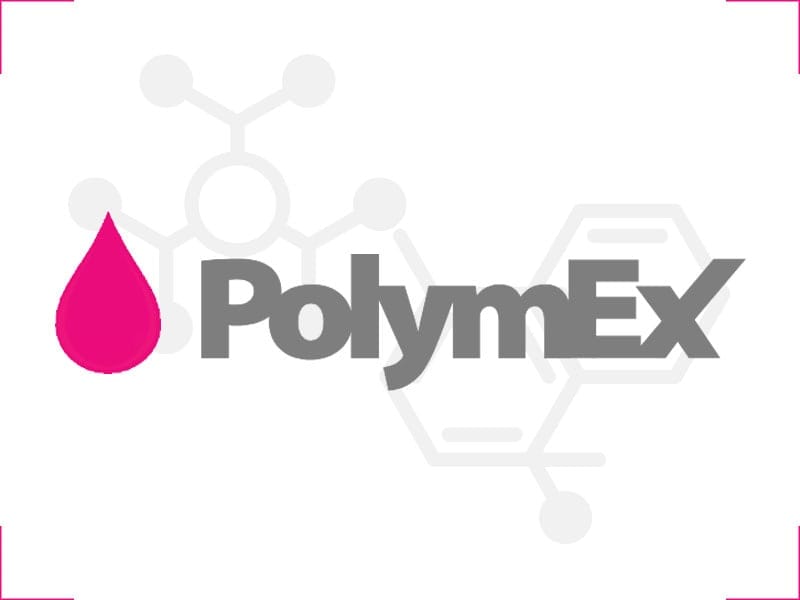Download Resources - Technical Documentation
PP CONTENT IN BLEND PP / SEBS BY PYROLYSIS / GCMS
The first step consists in carrying out a pyrolysis on a sample of virgin PP (0% w of SEBS) of known mass (m) and then listing all the clean pyrolytic fragments, ie approximately 35 compounds which are globally oligomers of PP (dimers, trimers, tetramers, pentamers of Propylene ...).
The principle is to express the ratio of the sum of the chromatographic areas of the tracers of the PP on the mass of pyrolyzed sample so as to trace then the line of calibration: [Tracers PP / m] = f [content of PP].
The ideal, if possible, is to pyrolyze one or more standards of known PP content to make a multi-point calibration line, but this is not always possible (single sample, difficulty in obtaining the homopolymers or to implement them in a homogeneous blend ...).
The method of quantification remains the same whether one has standards or not, it is on the precision of the result that will make the difference (from 5 to 30% depending on whether one has 3 or 0 standard of known content ).
Then comes the Pyrolysis / GCMS blend of unknown content: it is necessary to find these 35 famous chromatographic peaks relative to the PP (among 250), to express the sum of the areas of these tracer peaks PP (brought back to the sample mass) as a function of the sum of the areas of all the peaks, which gives us a relative content of PP in the blend by using the previously performed calibration line.
This technique works with all mixtures of homopolymers or copolymers as long as we can identify and identify tracer moieties of either of the two matrices.

 EN
EN
 FR
FR